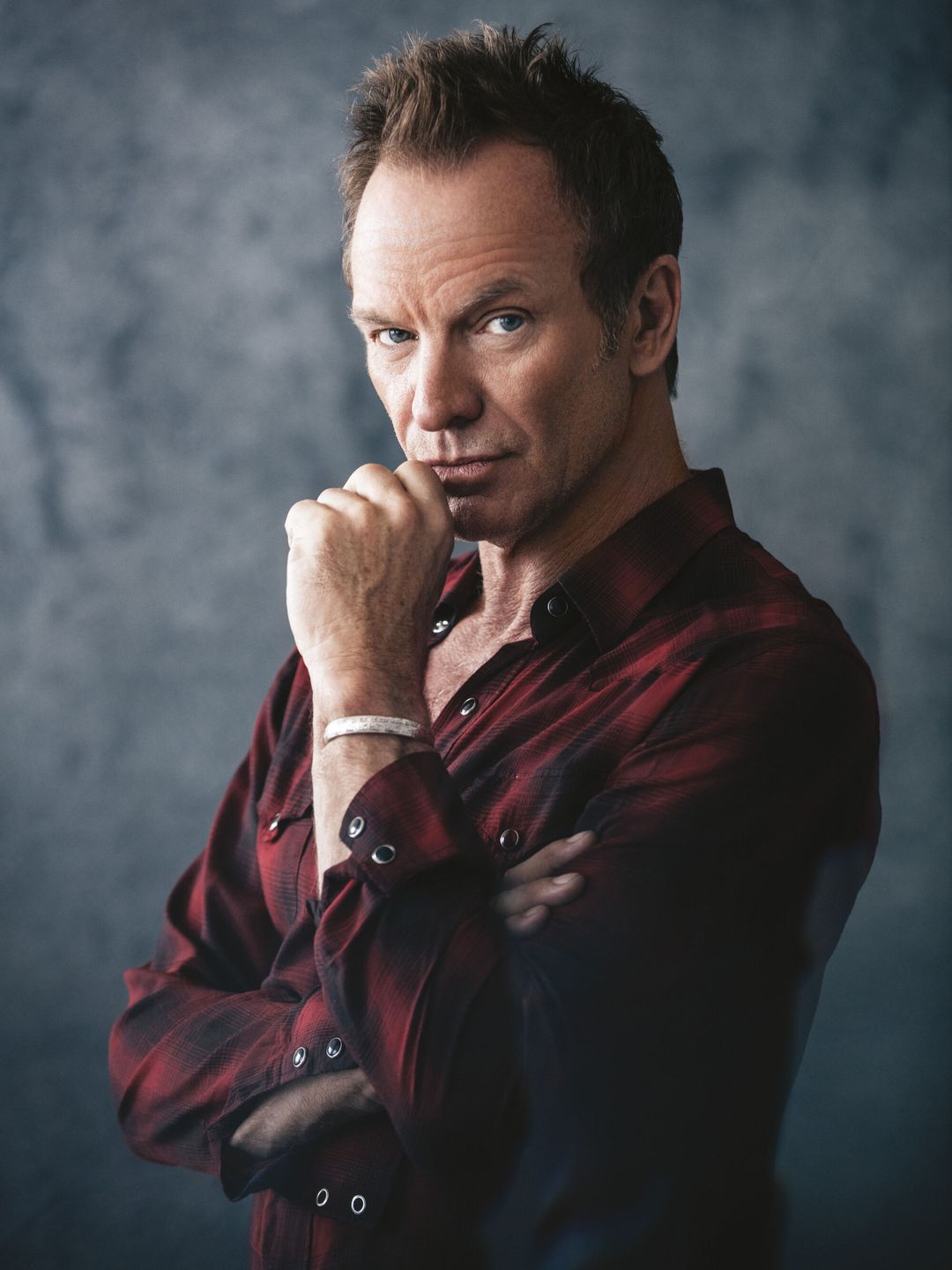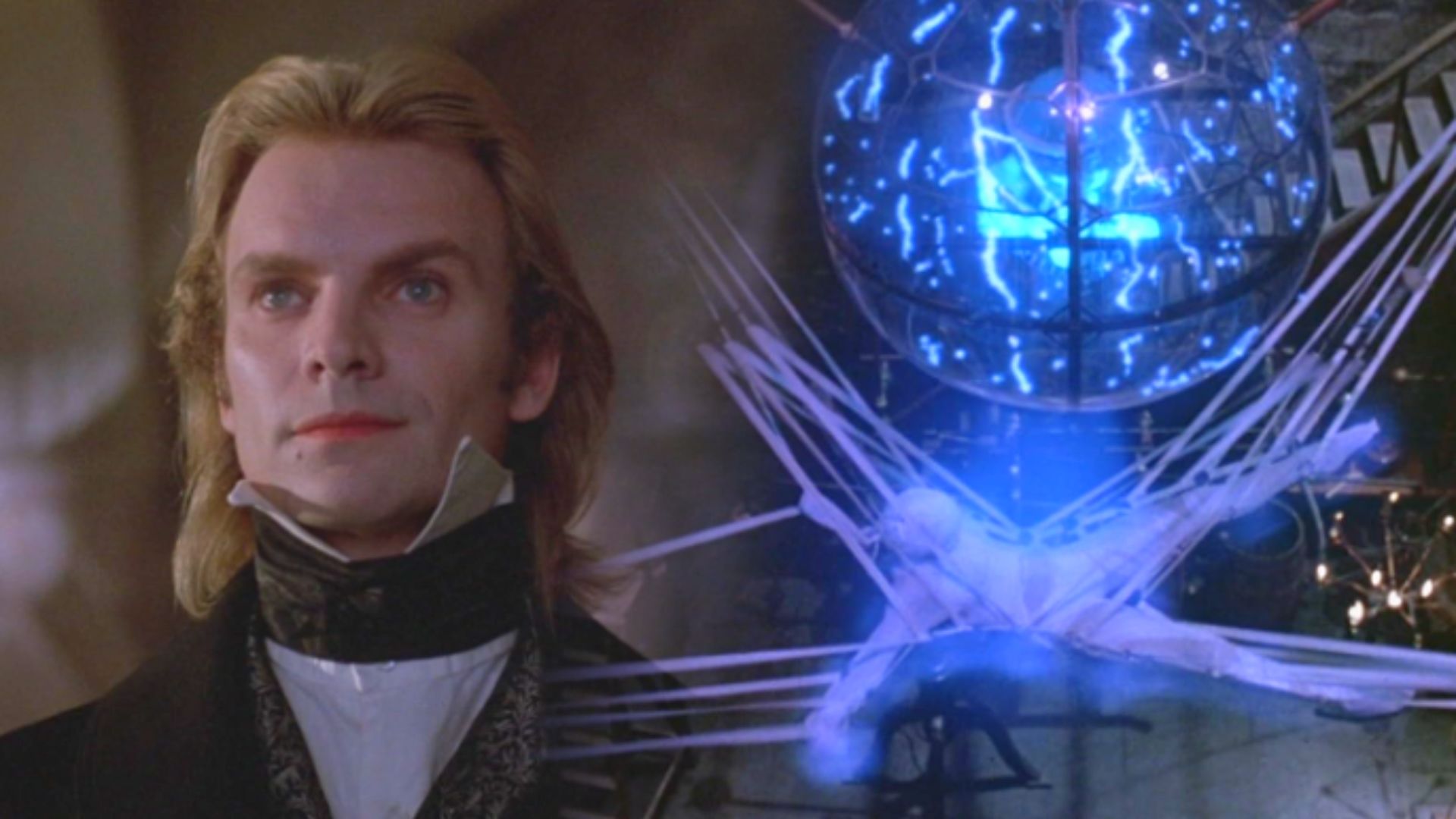Sting's Biography
Sting is an actor, musician, and singer, who has become a legend of the global rock scene. He is a former member of The Police. He is an Emmy and Golden Globe winner, and has his own Star on the Hollywood Walk of Fame. He has been nominated for an Oscar four times. In 2020, the music magazine Rolling Stone placed Sting in the top 50 best bassists in history (at 32nd place).
Childhood
On a gray October morning in 1951, a child was born in an English port city to Audrey and Ernest Matthew Sumner—they named him Gordon Matthew Thomas. His father worked as a machinery fitter, while his mother did hair for a handful of clients before retraining as a nurse.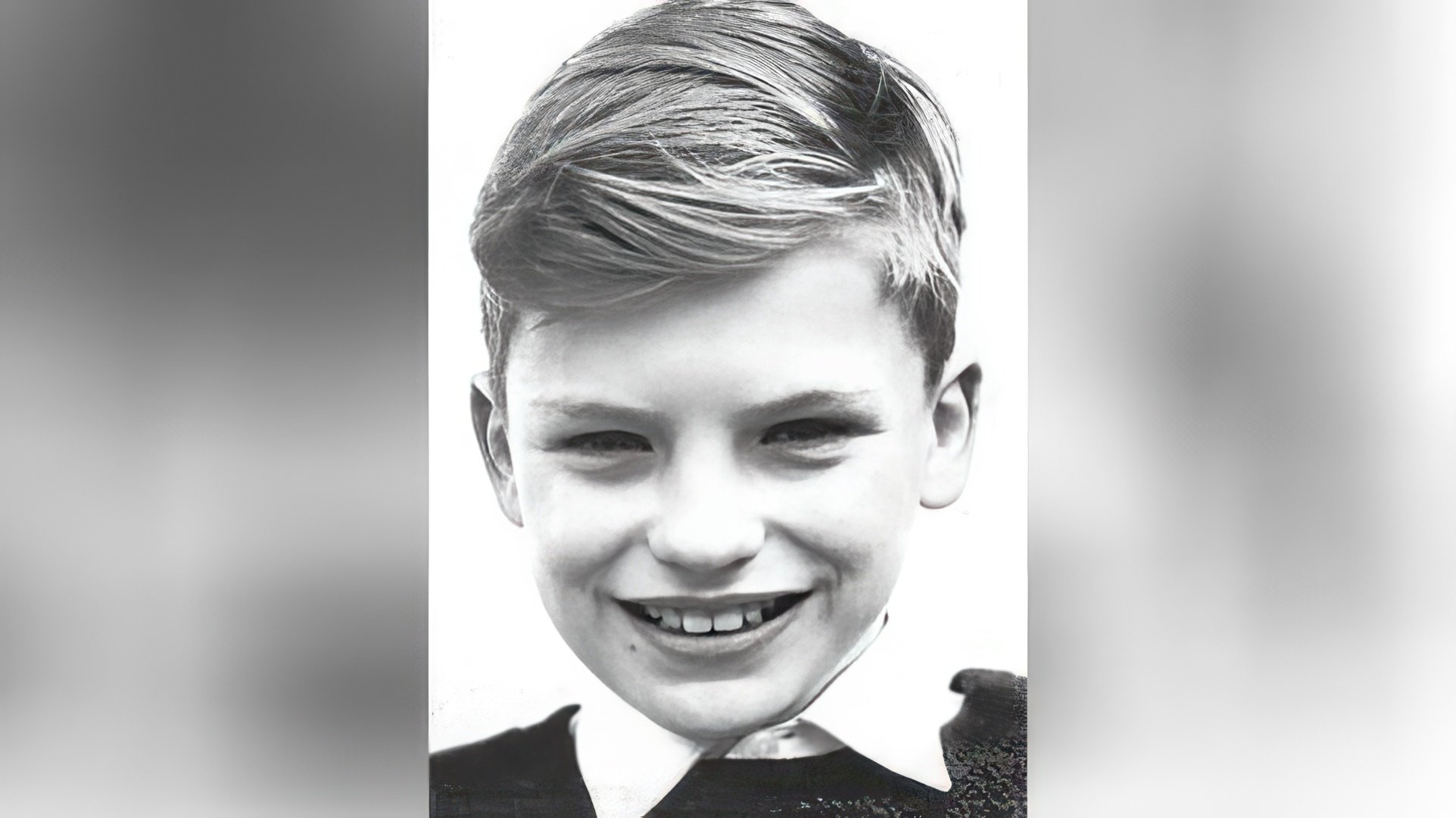
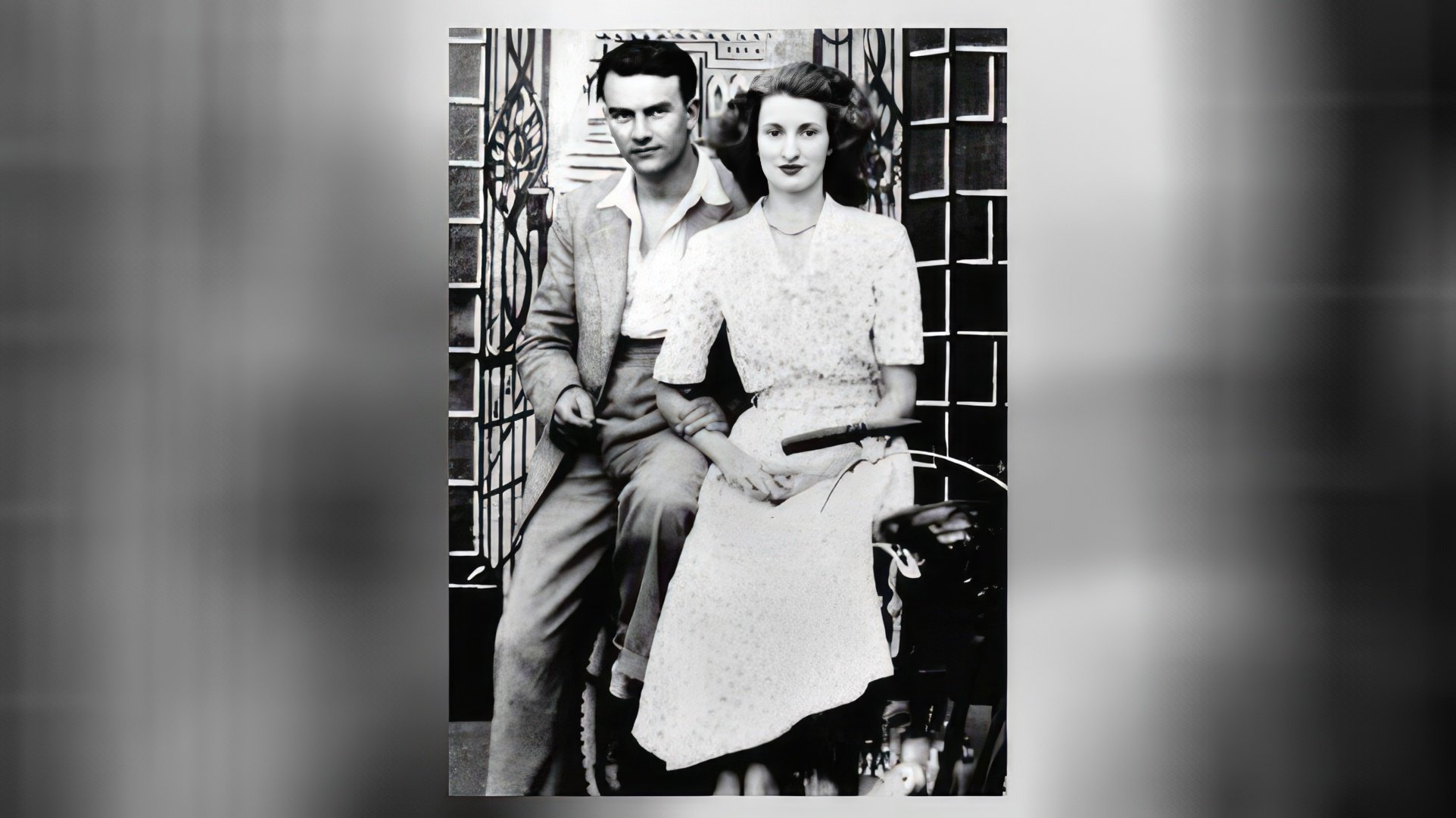
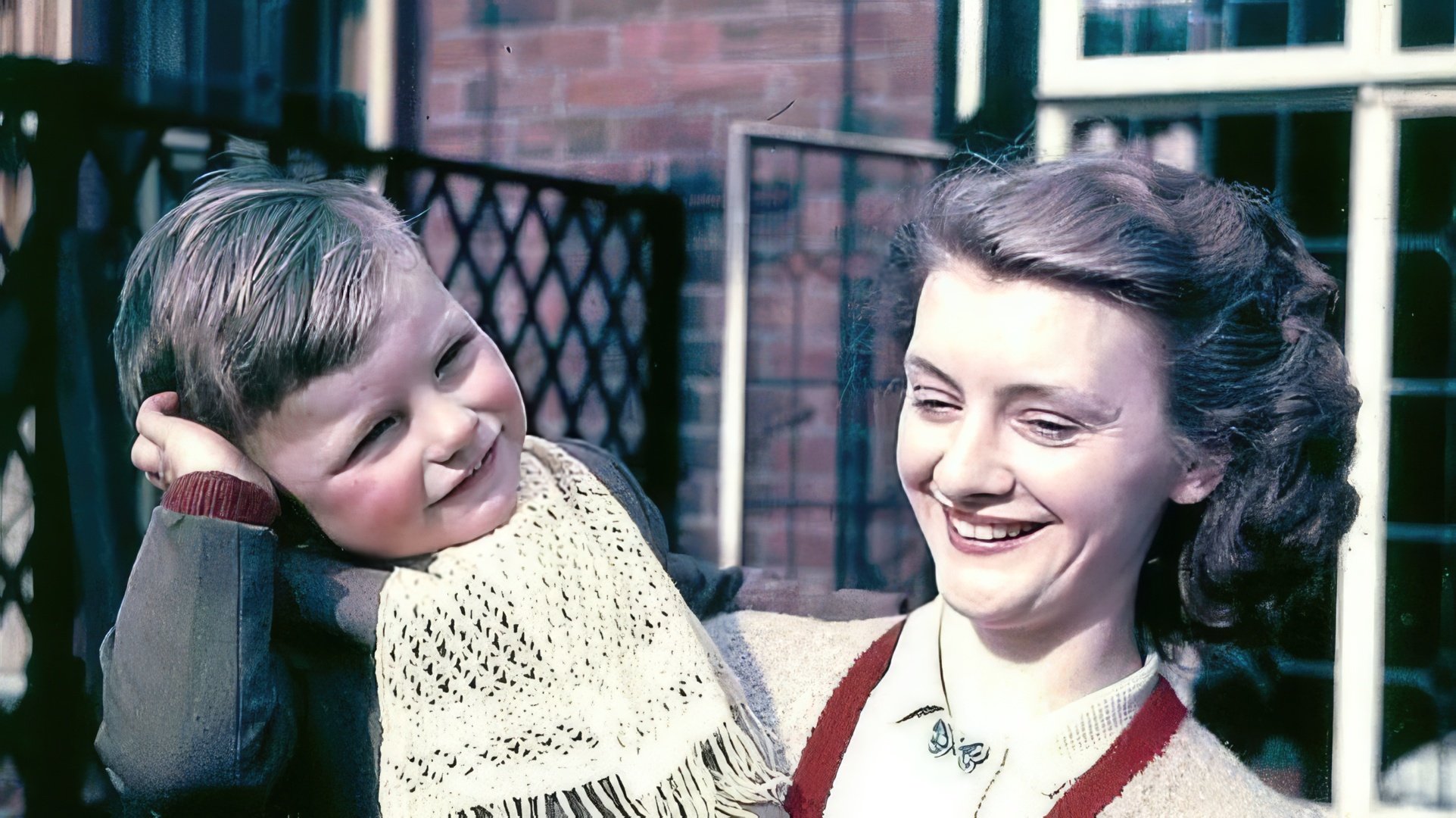
From an early age, Gordon had to attend a local Catholic school known for its strict discipline. The Jesuit community to which the Sumners belonged practiced corporal punishment of children. The boy experienced this "education" system to the fullest. Never one to keep quiet or follow rules, Gordon faced punishment far more than his classmates. The future Sting still holds the school's grim "record"—more than fifty beatings in a single year.The main colors of my childhood are black and gray. Black is the color of coal mined in my hometown. And gray is the color of the sea, which remained so even in clear weather. I wouldn't want to go back to that past for anything in the world.

When he received a guitar as a gift from his uncle at age ten, the boy was absolutely thrilled. He immediately started teaching himself to play, alongside the piano that looked oddly out of place in their shabby living room (Audrey had played it first, and quite well, but eventually gave up music).
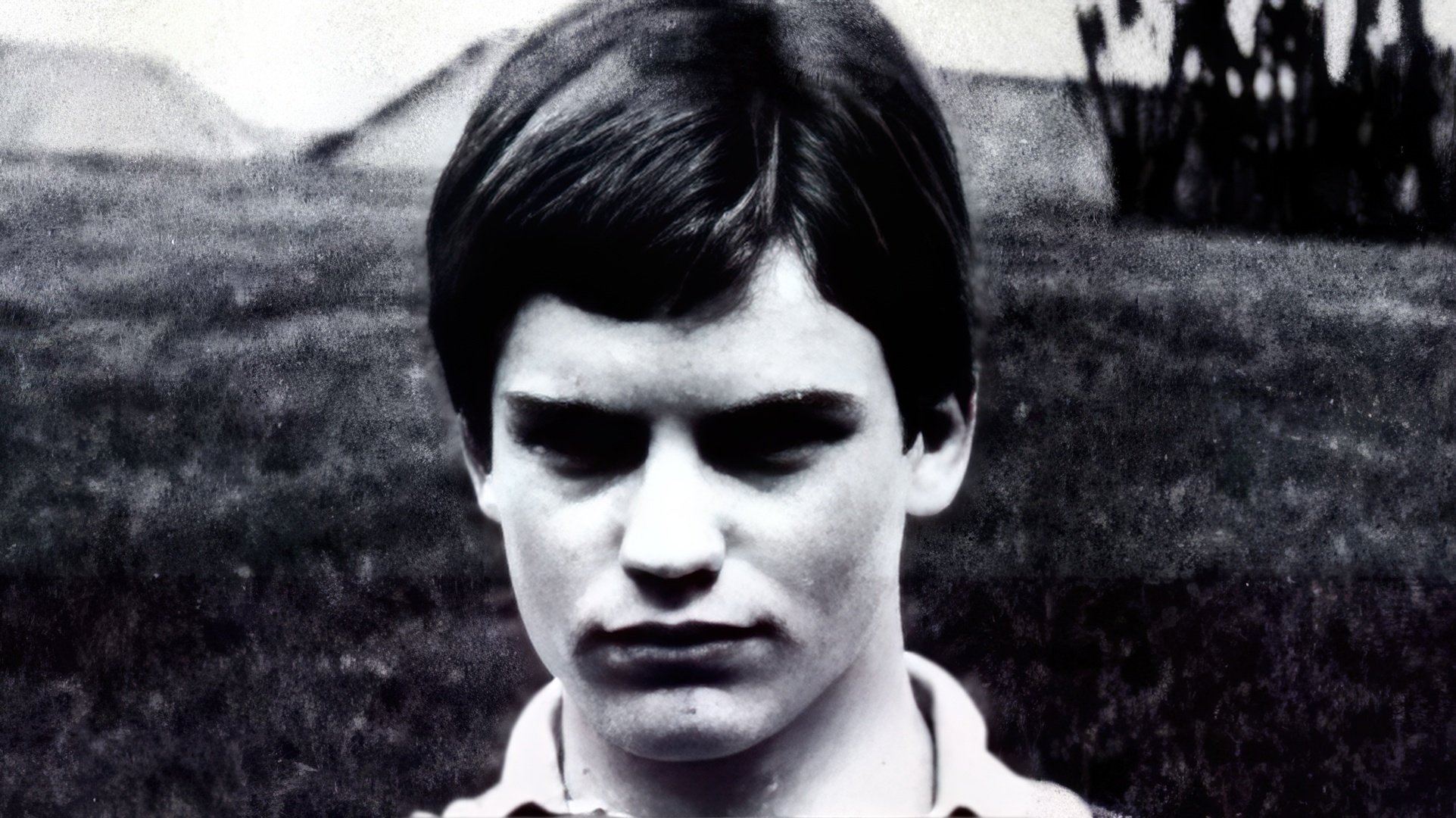
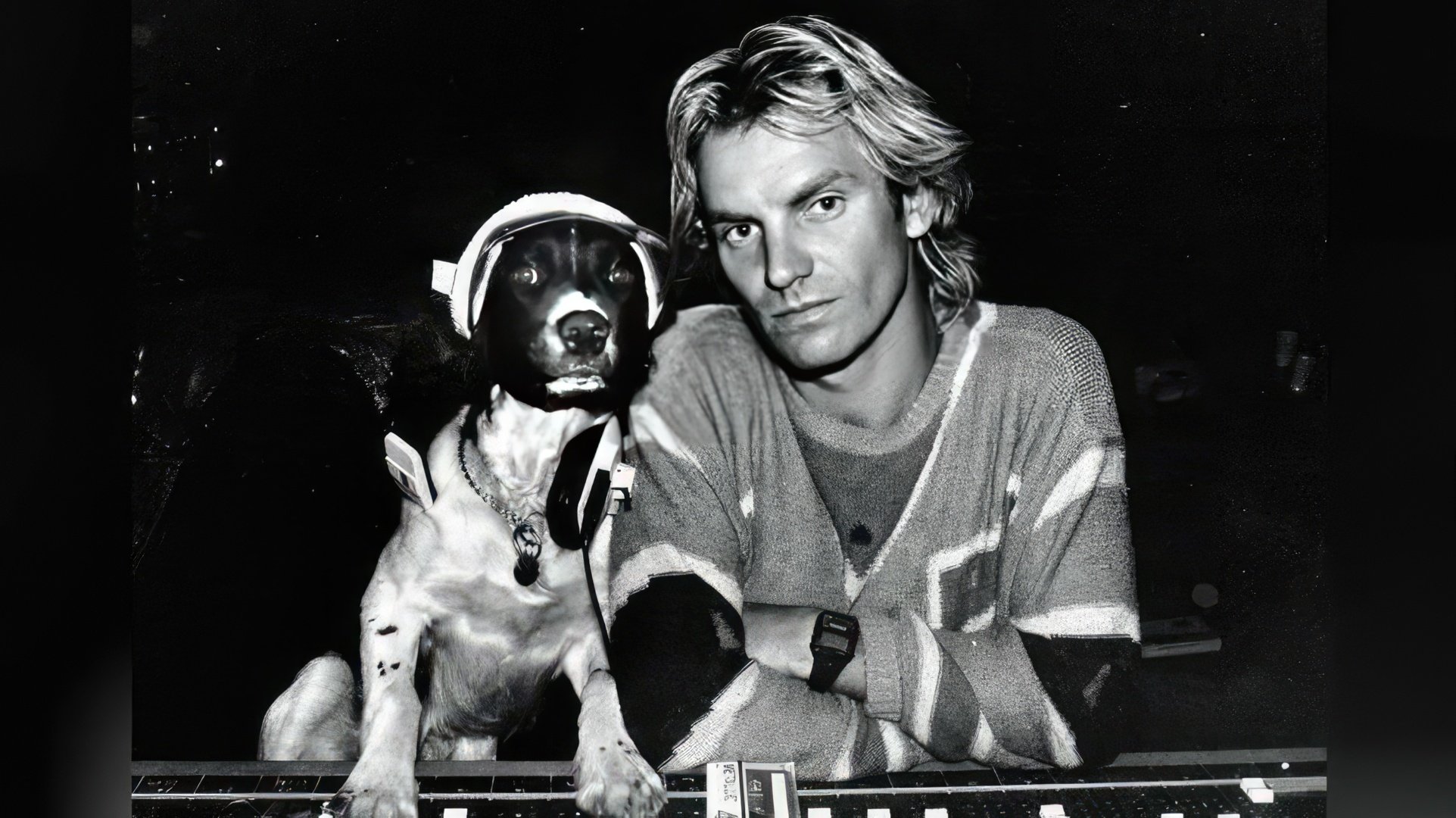
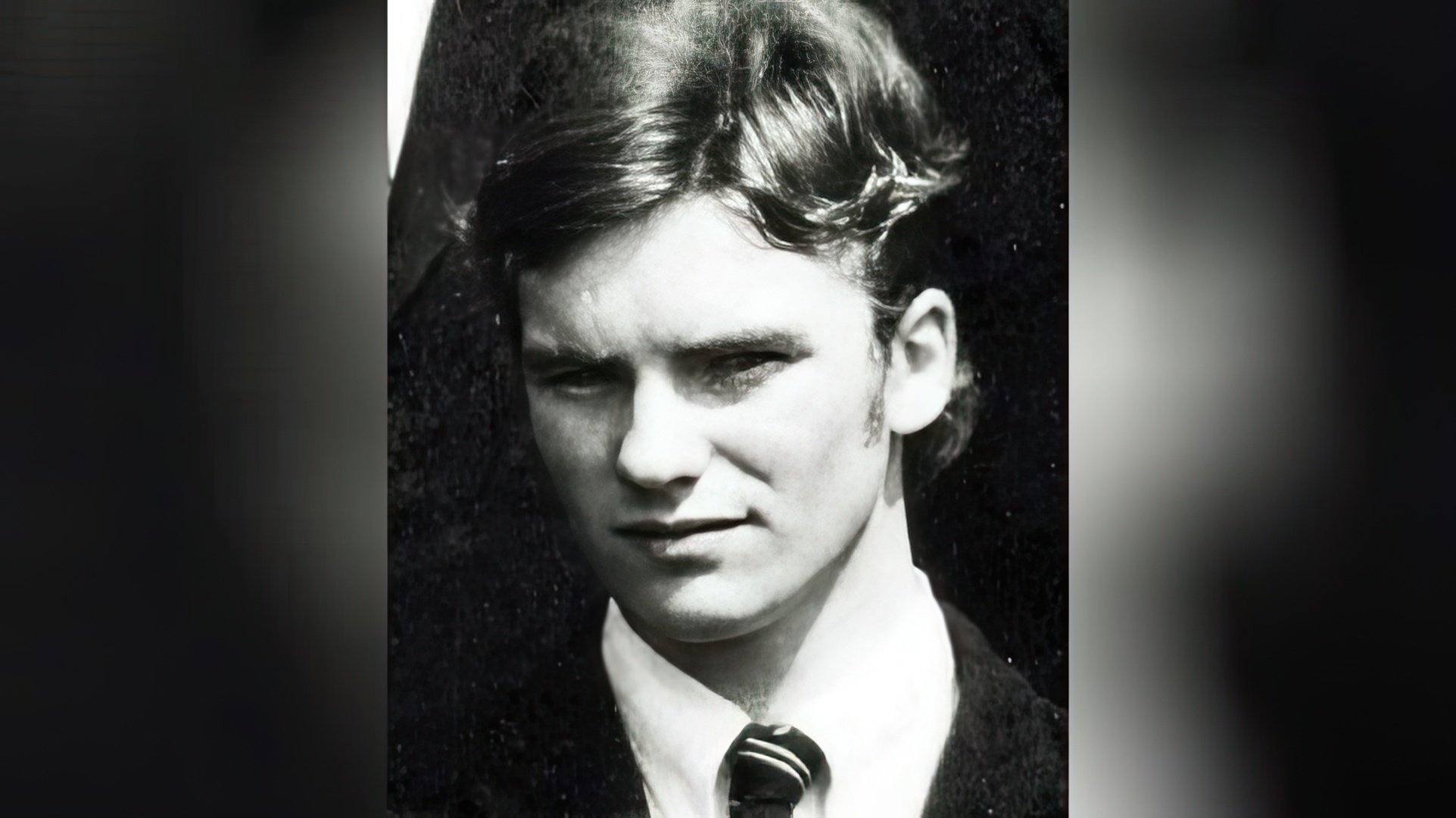
The Police
Why Gordon Sumner chose teacher's college remains a mystery even to him. His search for the right career proved frustrating, despite stints as an English teacher, road worker, tax inspector, and private music tutor.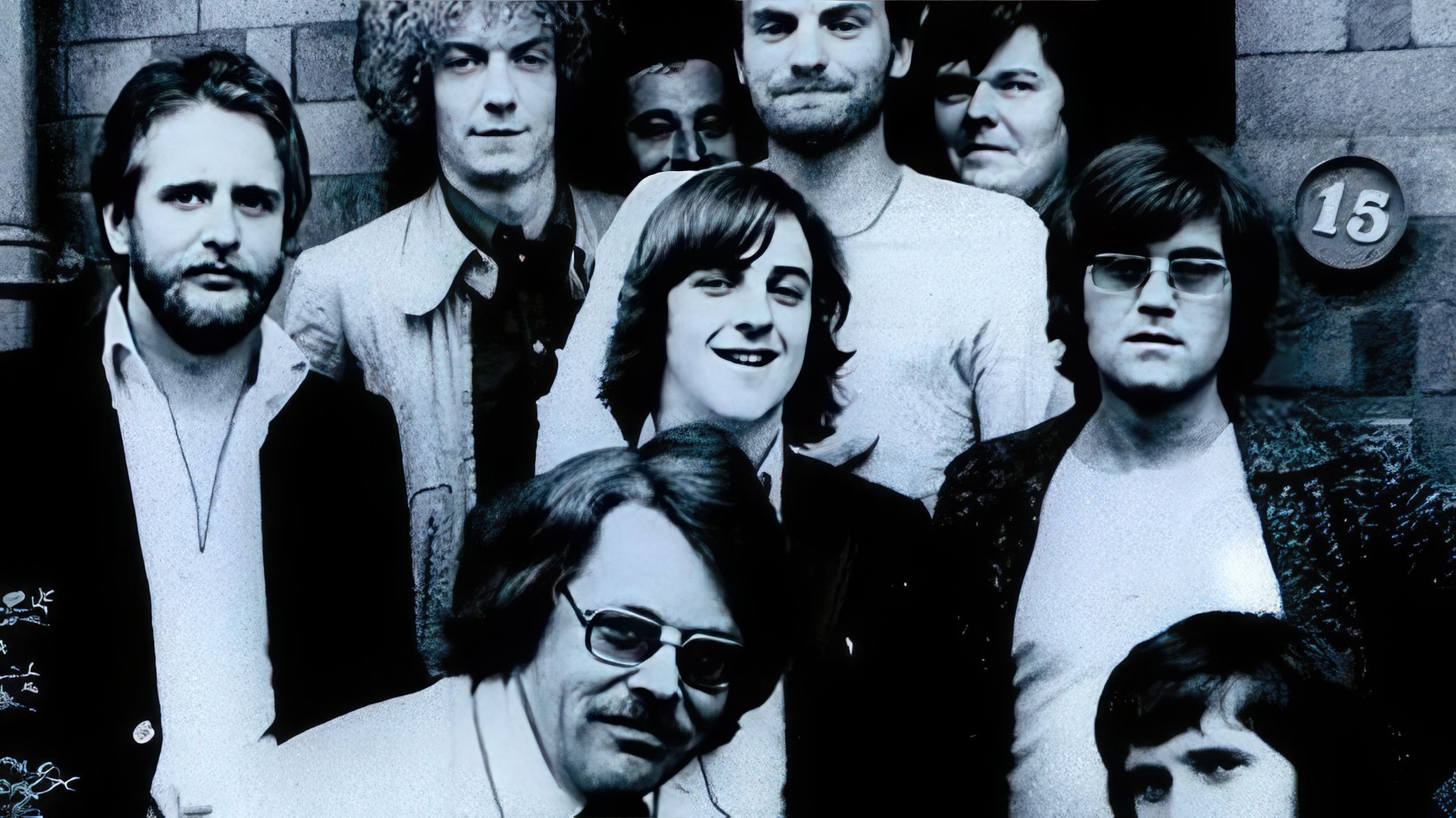
Allegedly, it was because of the sweater, which resembled a bee in color, that the future rock star got his famous pseudonym. "It's a very short, compact name for a signature. Almost a mask you wear as an artist, a public figure. It's not entirely you. It protects you to some extent," Sting said.
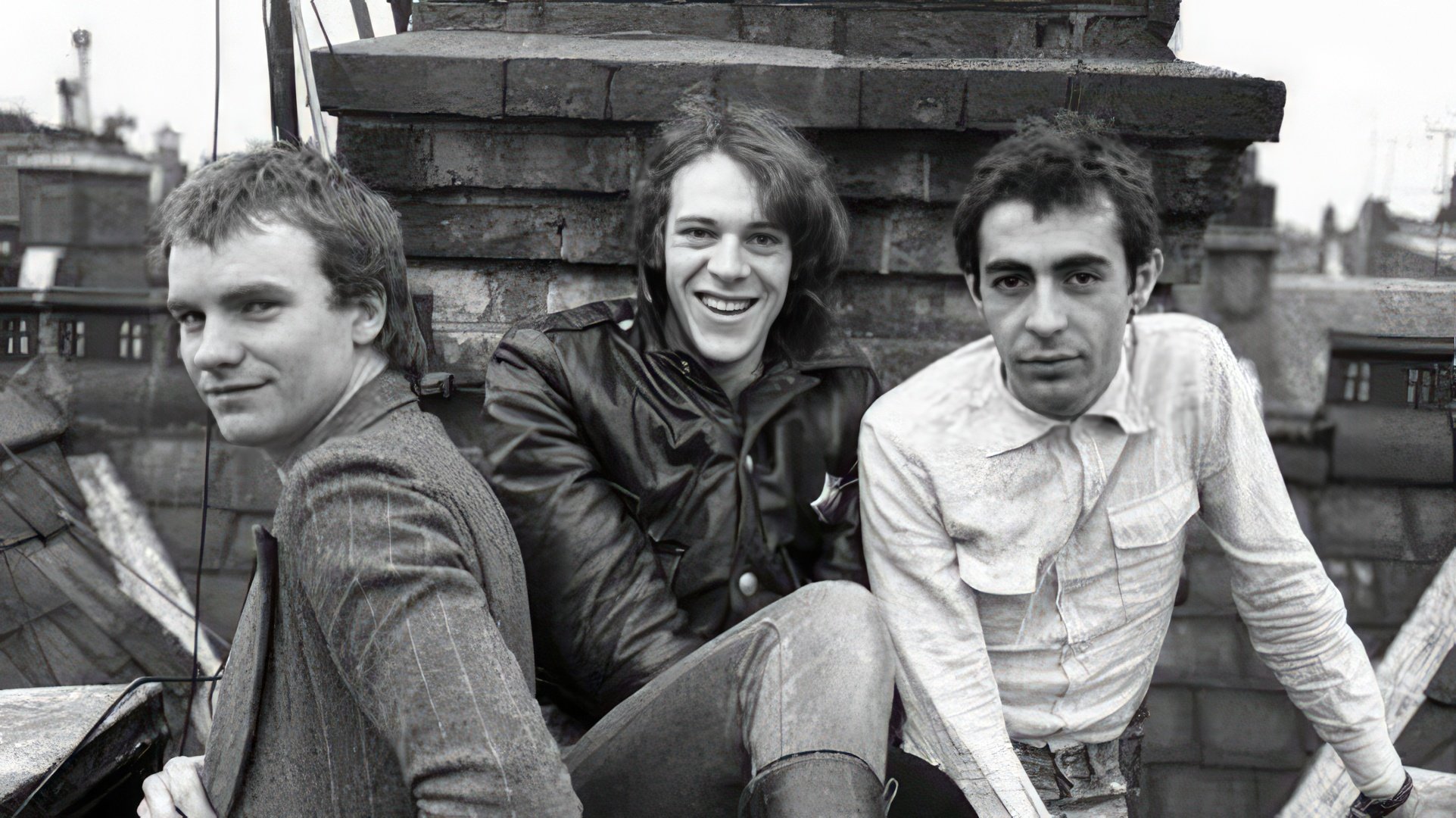
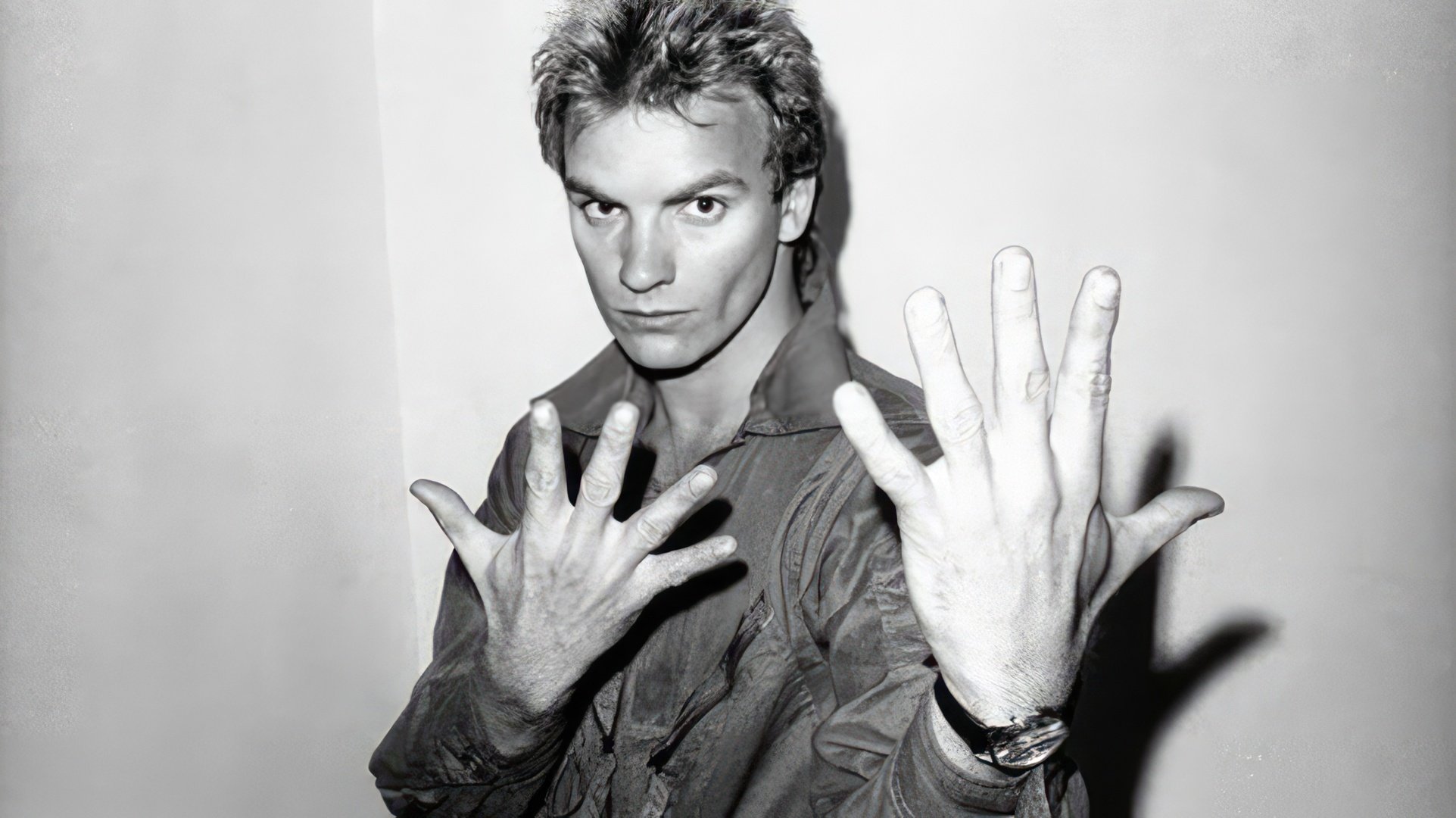
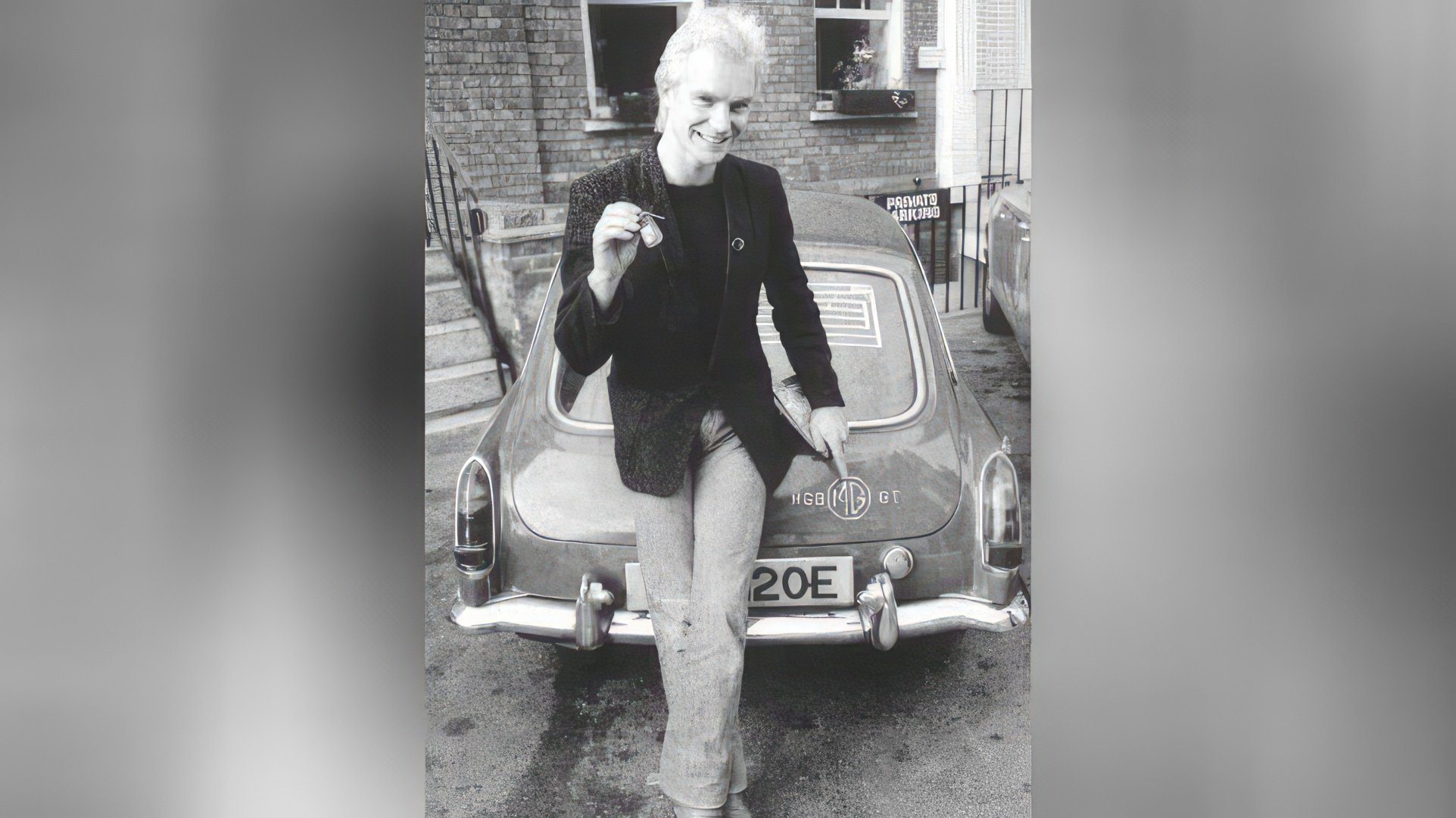
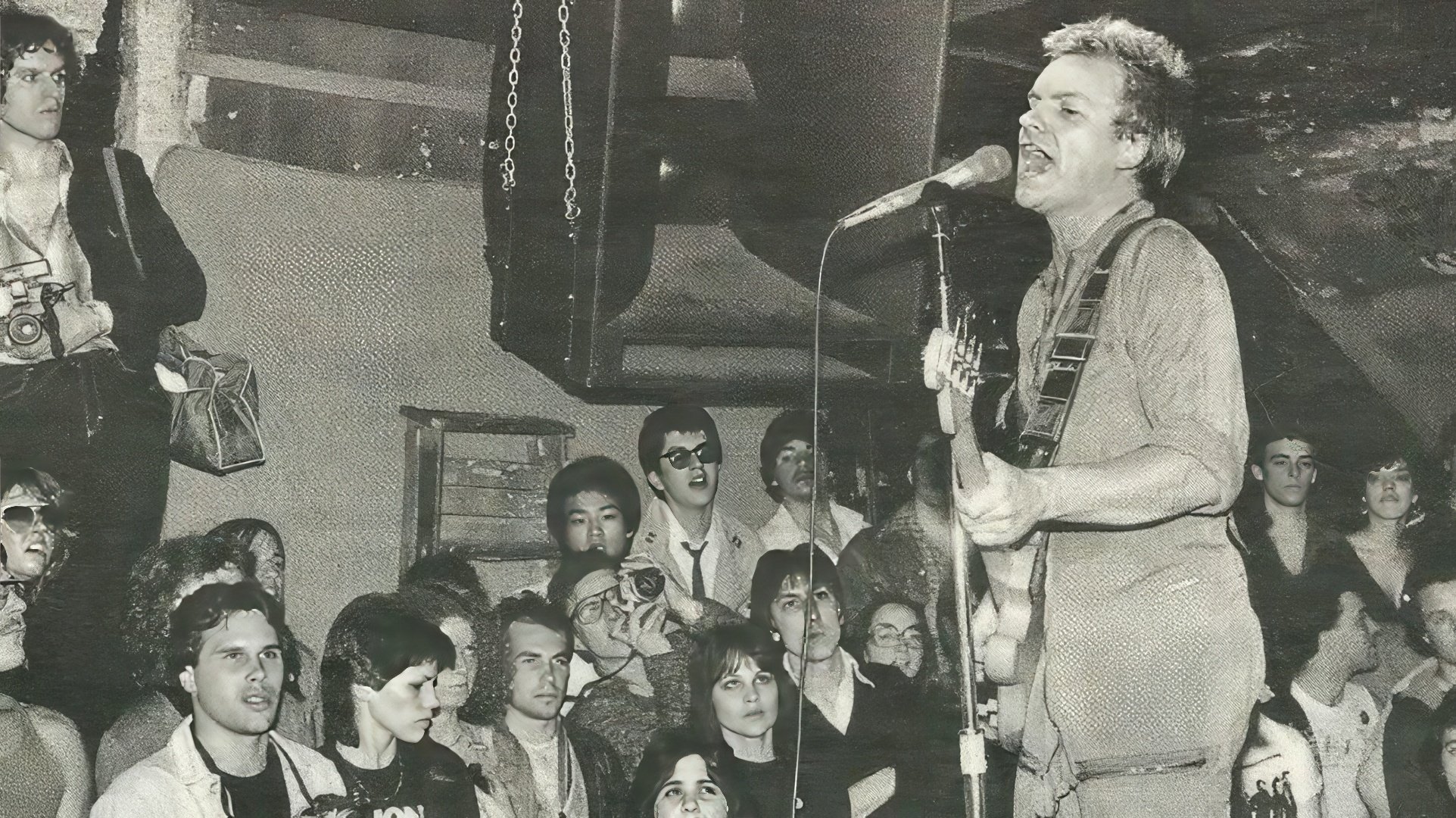
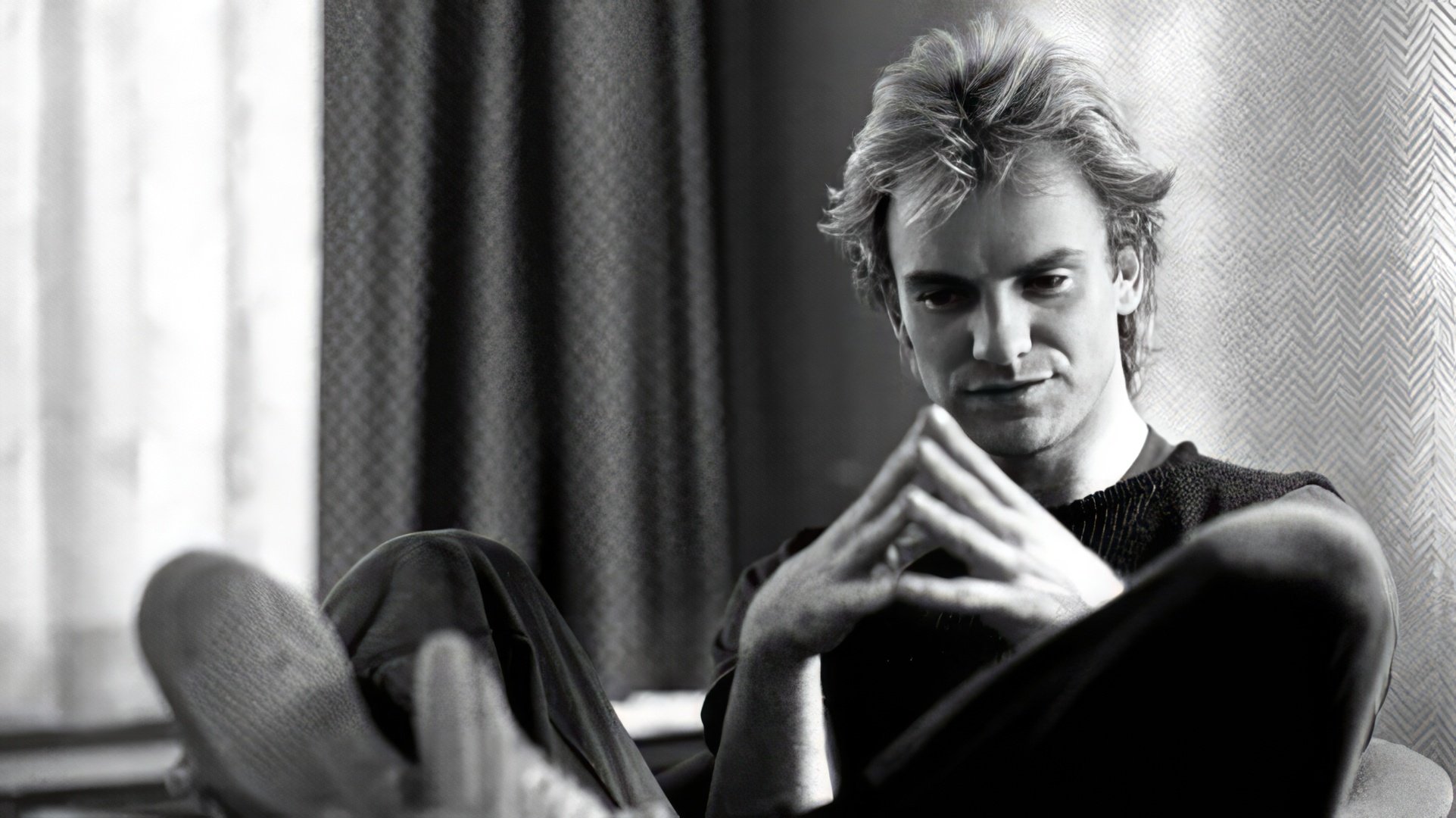
Blue Turtles and a Solo Career
Sting's fascination with Jung's work indirectly led him to leave The Police and launch his solo career. While sunbathing on Barbados beaches, he had a vivid dream where four massive blue turtles burst into his garden and wreaked havoc, destroying everything in their path. In the dream, Sting ran with them, reveling in and helping the destruction.When he woke up, Sting realized this was perhaps the first dream he remembered so clearly, and that the blue turtles represented his dark side—something Jung believed every artist possesses.
So in 1984, Sting left The Police at their peak, hired relatively unknown jazz musicians, and recorded his debut solo album "The Dream of the Blue Turtles" while simultaneously filing for divorce from his wife—he could no longer live the lie. But first, he had to face the awkward task of breaking the news to his bandmates, then endure a massive farewell tour.I knew that the dark side of personality has a huge creative potential. But it goes hand in hand with destructive potential. The turtles suggested to me that I need to channel my 'demons' in the right direction. Not to destroy myself, as I had been doing before, but all my creativity, and start from scratch.
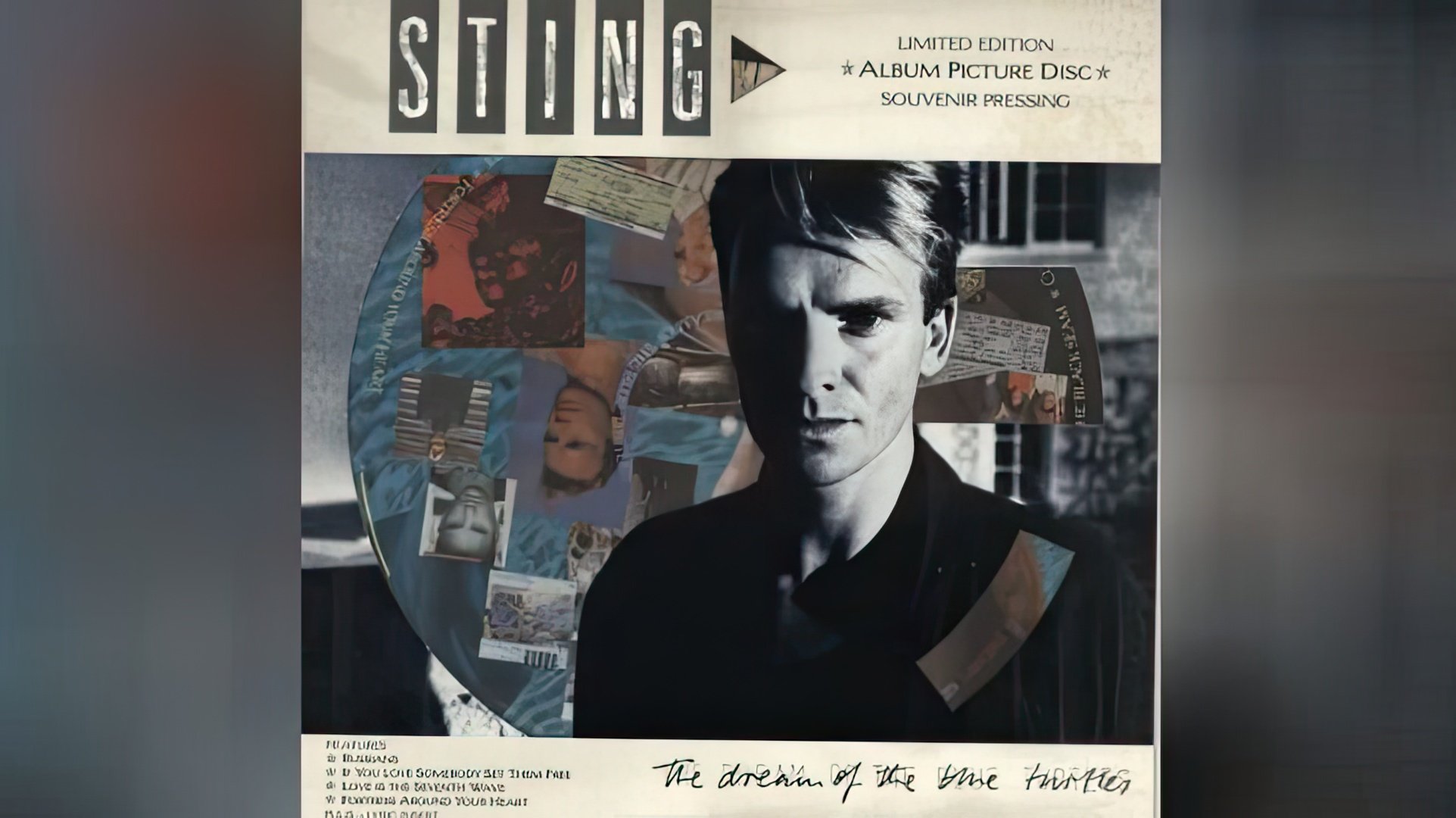
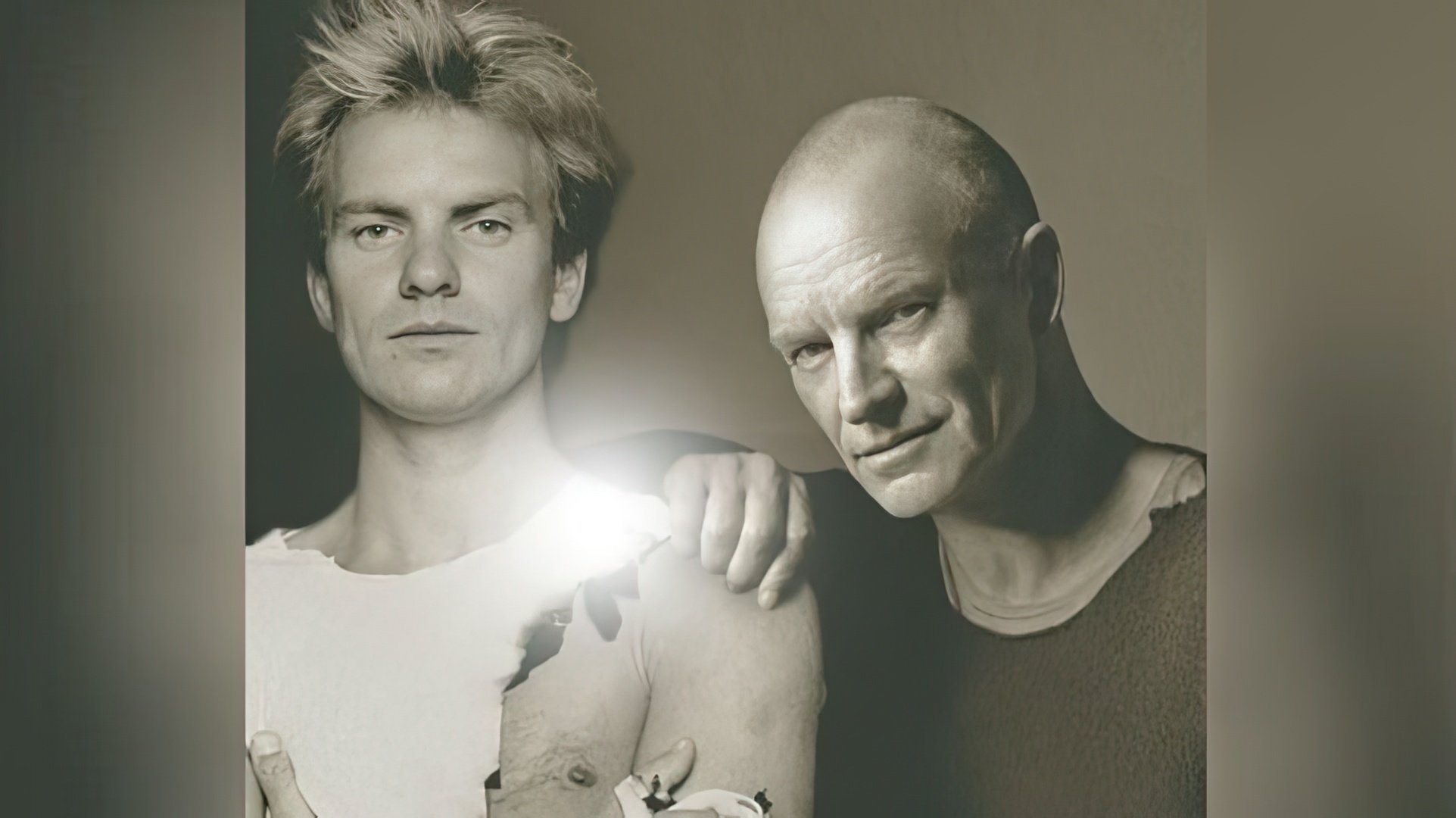
Acting Career
The restless and driven Sting didn't just become one of the world's most popular musicians – he also carved out a successful acting career.In 1979, he made his film debut playing Ace, the leader of a mod gang in "Quadrophenia" – a youth drama featuring The Who's music. That same year, he appeared in the existential detective film "Radio On".
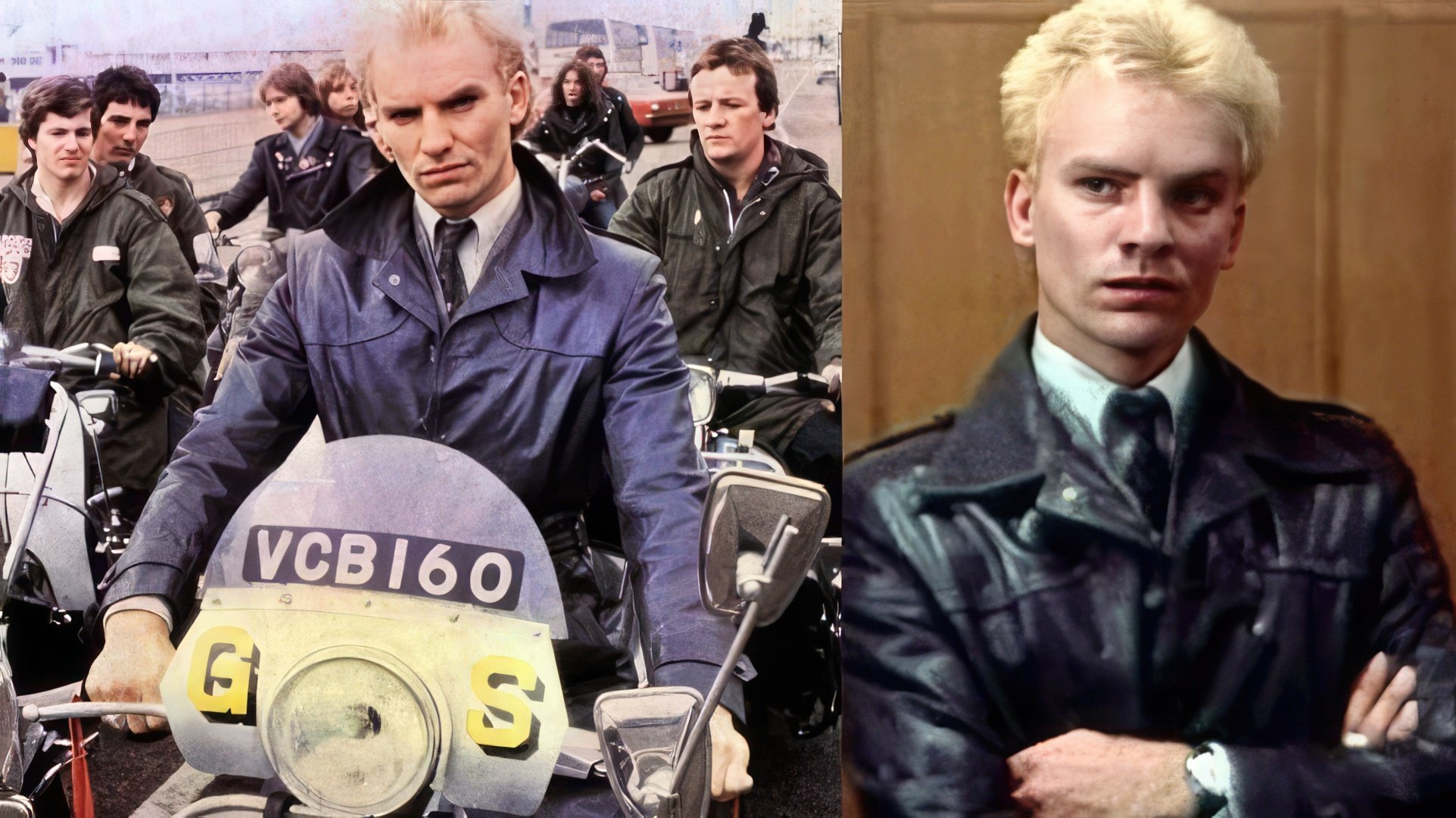
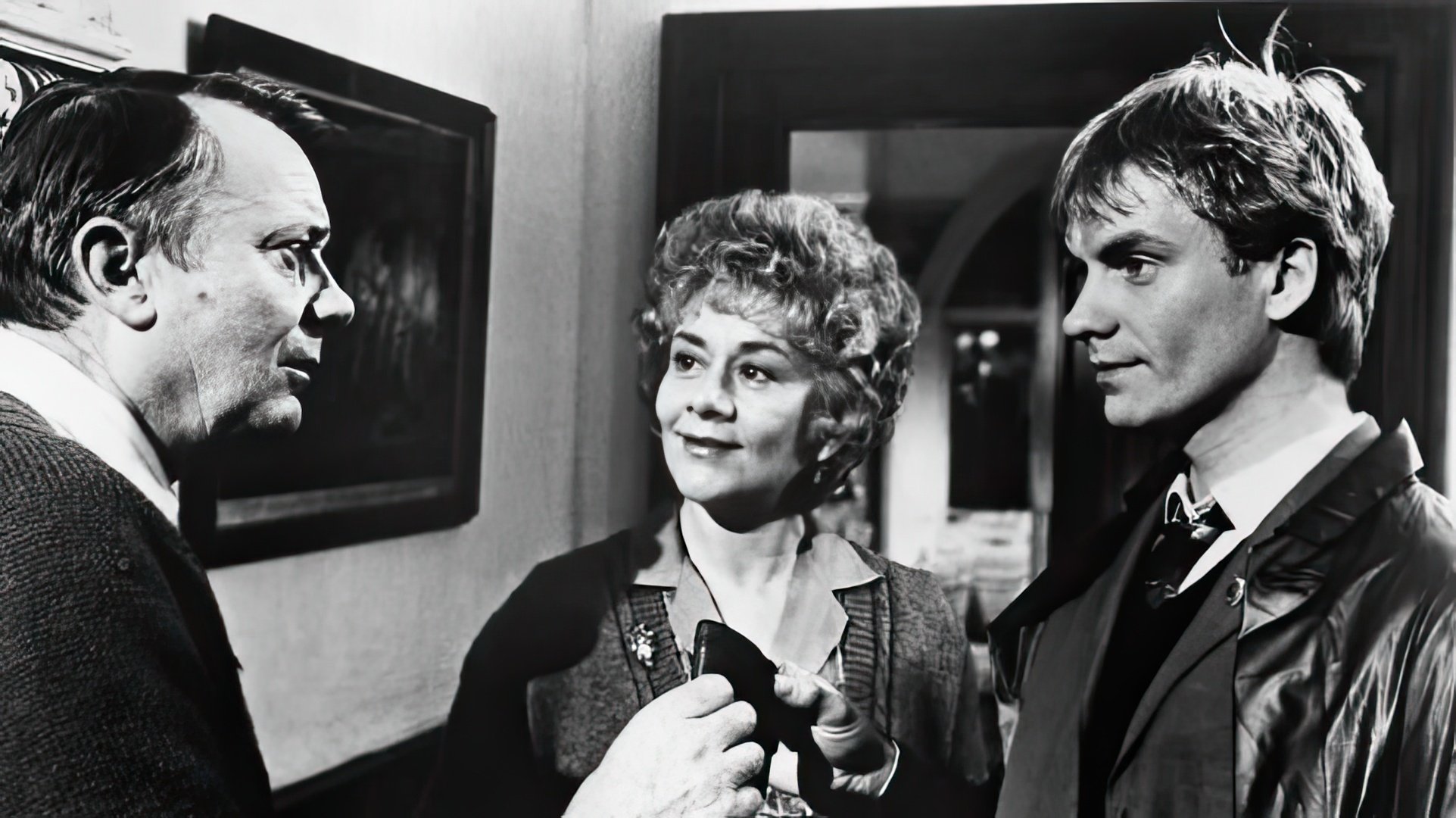
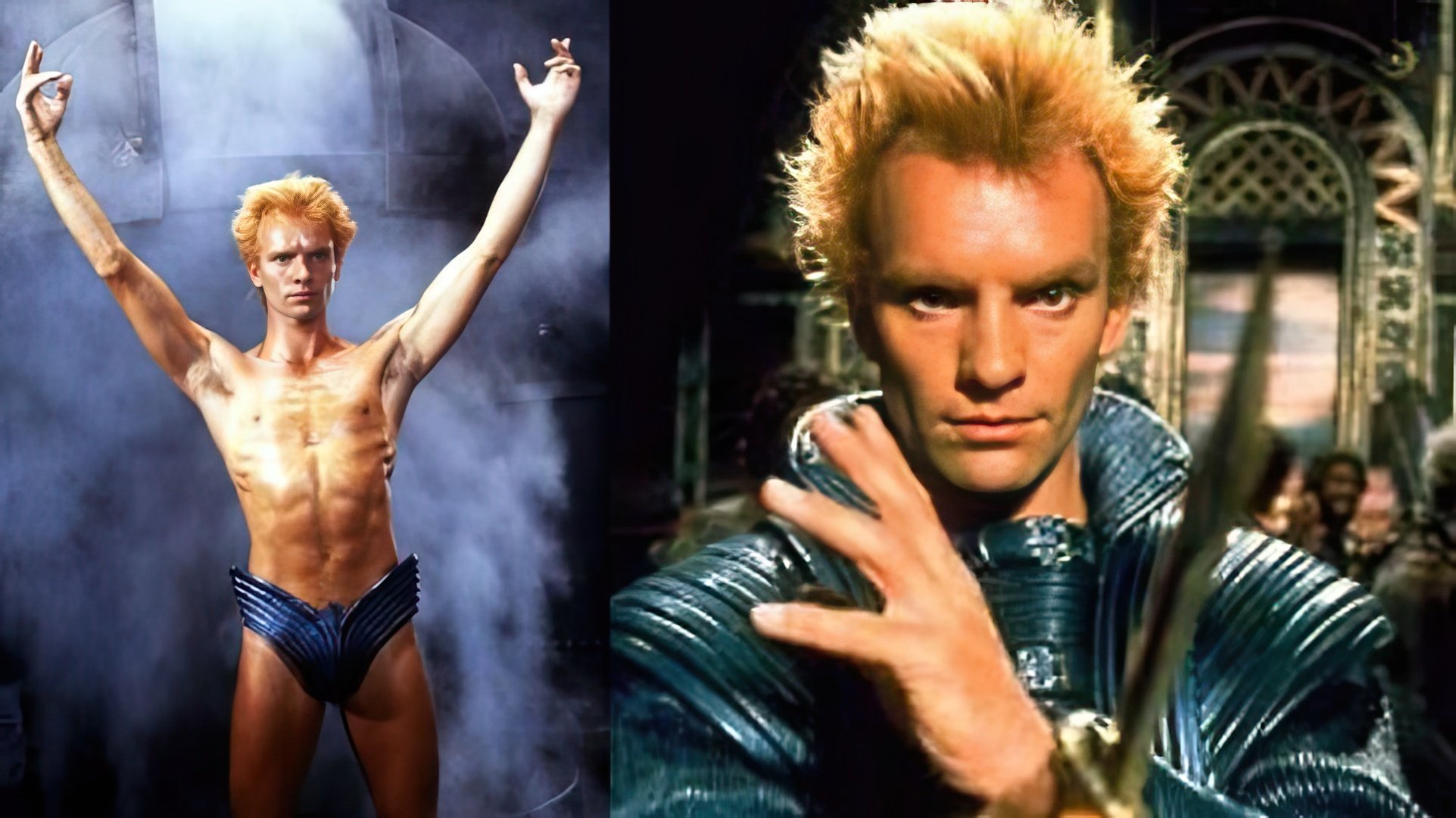
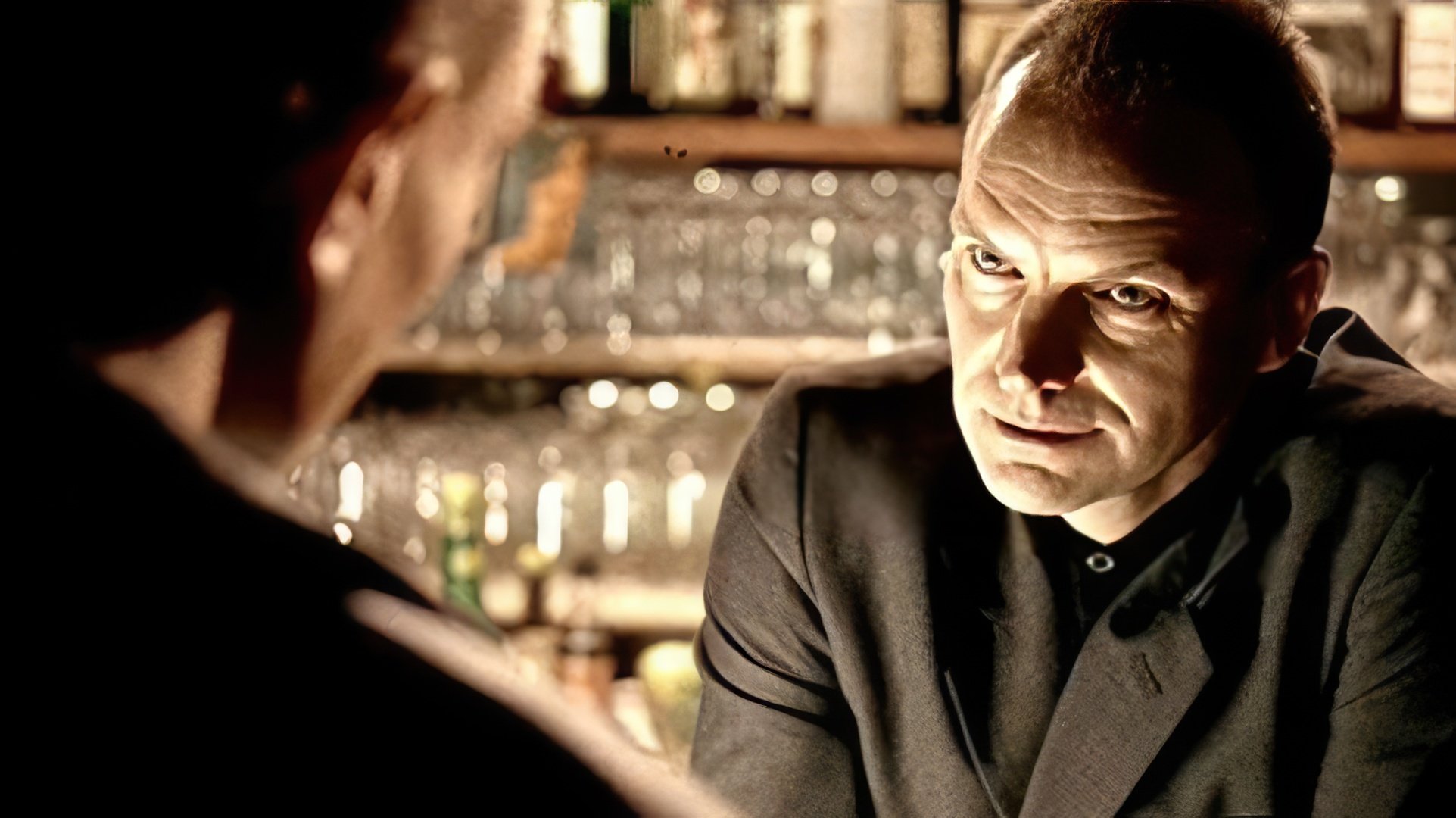
Writing, Yoga, and Other Projects
As he approached his fiftieth birthday, Sting released his autobiographical book "Broken Music." The musician began writing it driven by a deep need to show people who he really is, beyond the image crafted by the internet and glossy magazines. But as he wrote, he discovered he didn't actually know who the protagonist of his future book was. He had to unlock memories one by one, doors he thought he'd sealed forever. After completing the book and seeing himself with fresh eyes, the musician spiraled into a depression that lasted over two years.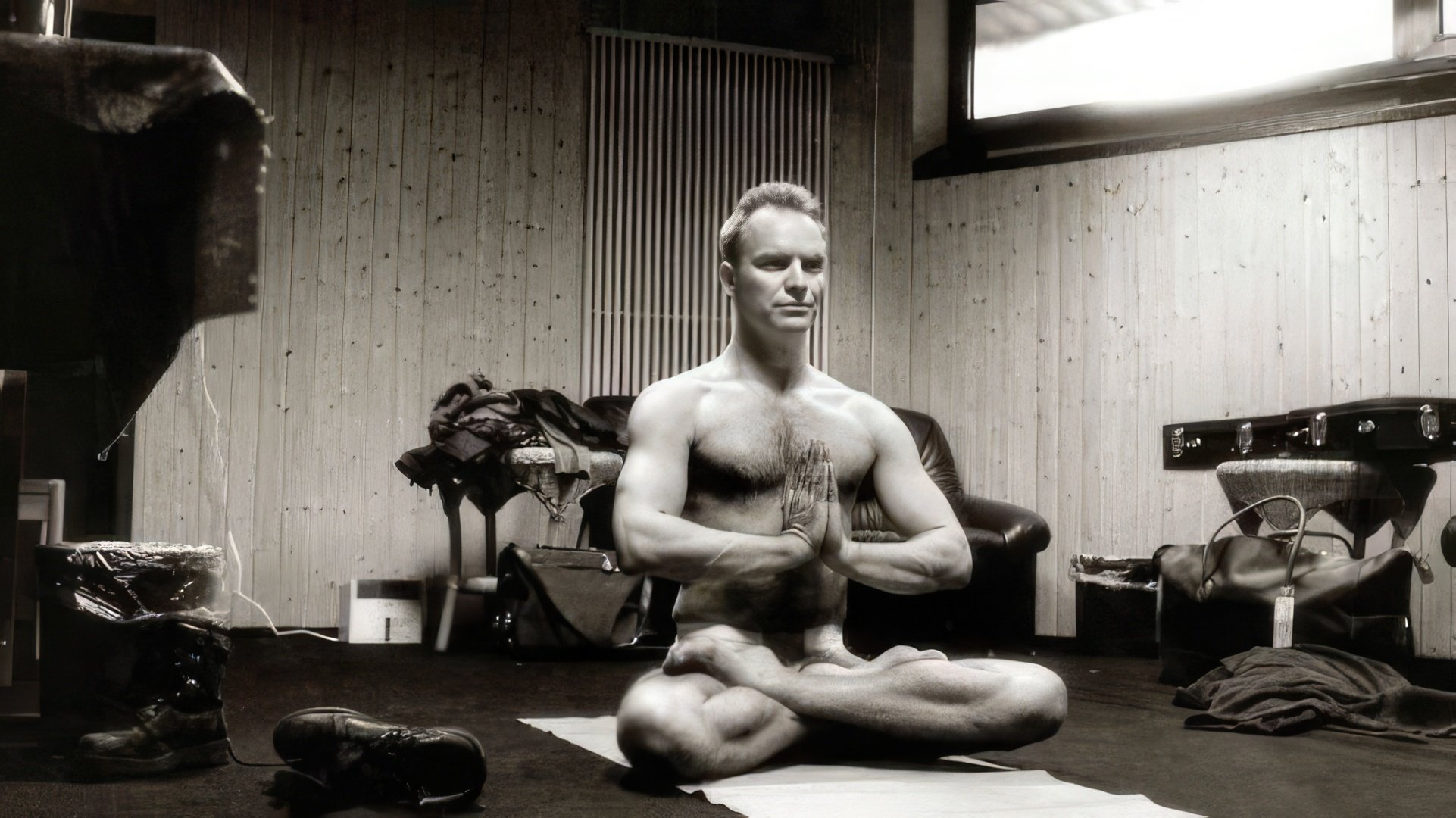
The main character of the Hellblazer comics, published by Vertigo (a DC imprint), was inspired by Sting—specifically his characters in "Quadrophenia" and "Brimstone and Treacle." Its creators were big fans of The Police.In deep meditation, when you truly face the terrifying grandeur of eternity, you begin to trust something that will hold and guide you through this terror, this fear. I learned to trust the power of love. Love for yourself, for the people close to you... Love for simplicity, sincerity, truth. I think without love, none of these things make sense. It might all sound pretty banal right now, but it's true. Love overcomes everything. Amor vincietomnia.
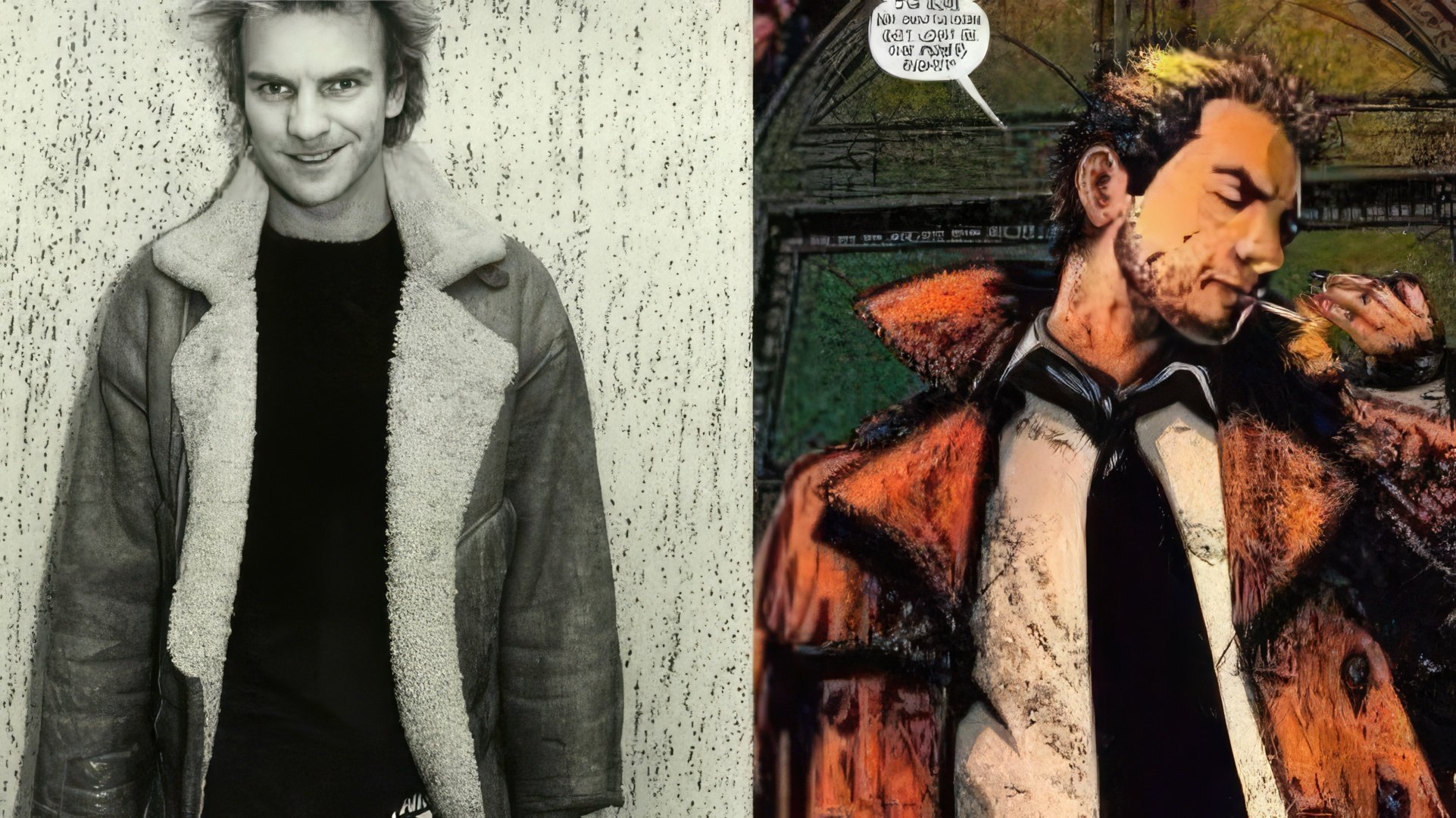
Sting's Personal Life
Gordon Sumner lost his virginity at 15 to an attractive brunette classmate. After her, he dated a girl considered the most beautiful around. The bar was set high for the young man whose mother turned heads, but this girl cleared it easily. She came from a good family and adored her boyfriend, but was hardly "intellectual." Gordon tried getting her to read books, but she preferred teen magazines, so he eventually gave up and just enjoyed their regular bedroom encounters. He didn't have deep feelings for her, but when she got pregnant, he stepped up. But when she miscarried in her third month, he couldn't help feeling relieved.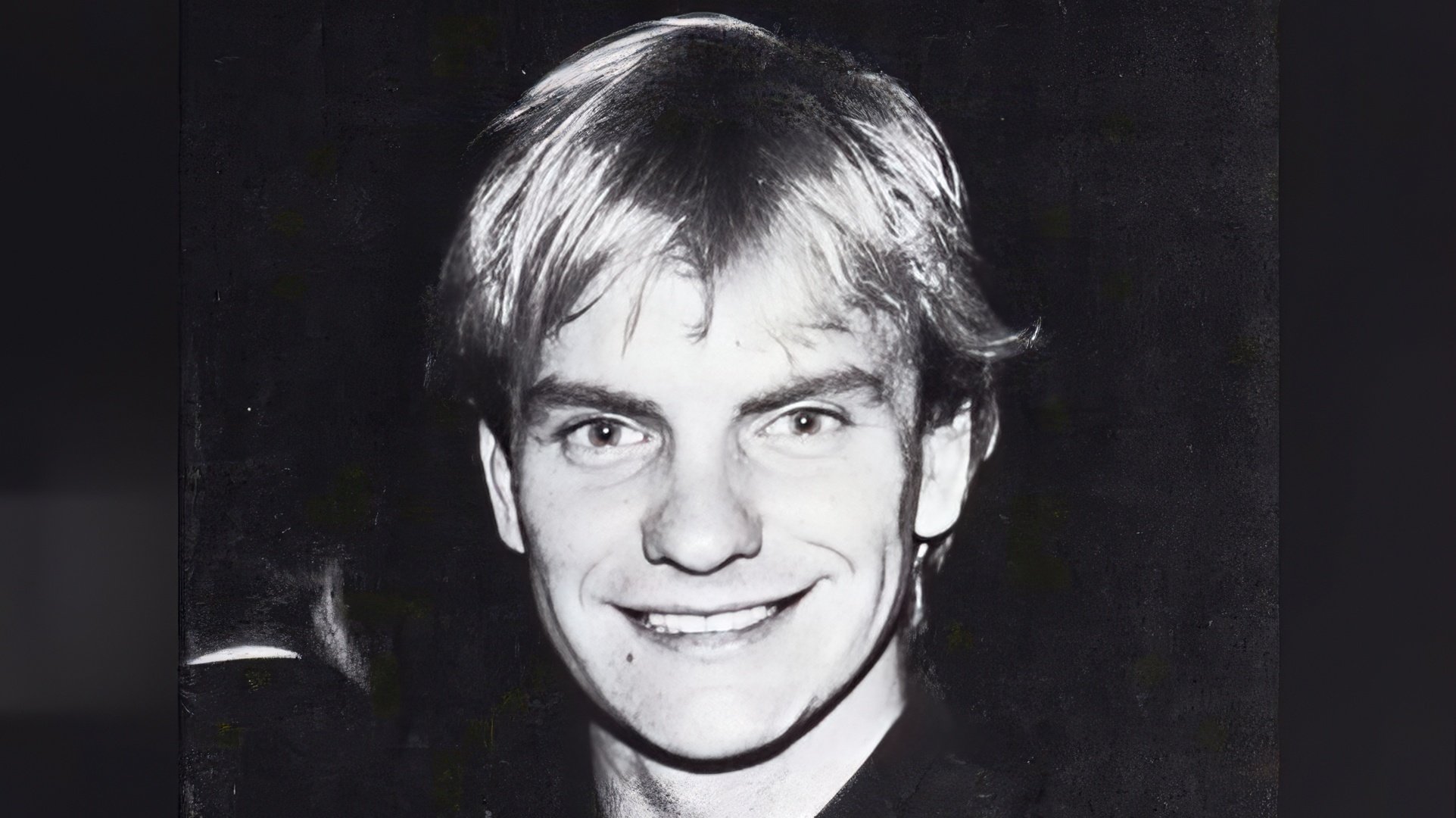
The first, Deborah Anderson, was a stunning, tall girl Gordon Sumner met through mutual friends. They were both twenty years old, and Deborah was considered his friend John's girlfriend. But their chemistry was so intense that Sting swept her away from the party—and from his friend. It was his first real romance, his first taste of betrayal, and an all-consuming desire to discover each other completely.
The girl believed that their idyll would end in marriage, but Gordon knew this wouldn't happen. He was already playing in a jazz band, dreaming of stardom, and desperate to escape their sleepy town for the wider world. Despite his deep feelings and his mother's not-so-subtle hints that he'd never find anyone better, Sting ended things with Deborah.In a 2003 interview, the musician would call Deborah 'his first real girlfriend'—she inspired 'Walking on the Moon,' one of The Police's biggest hits. When Sting left her house, he felt like he was floating in zero gravity.
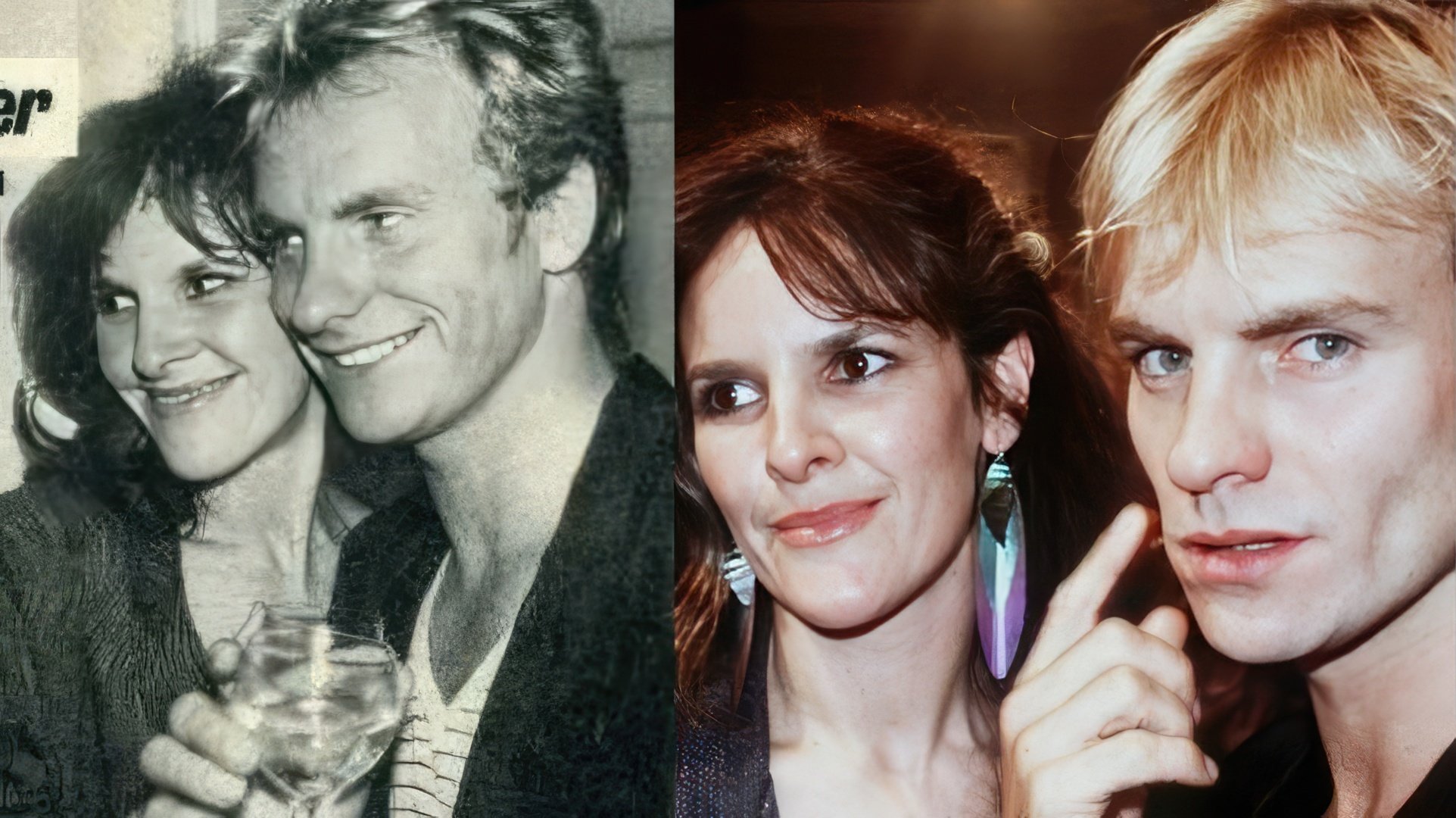
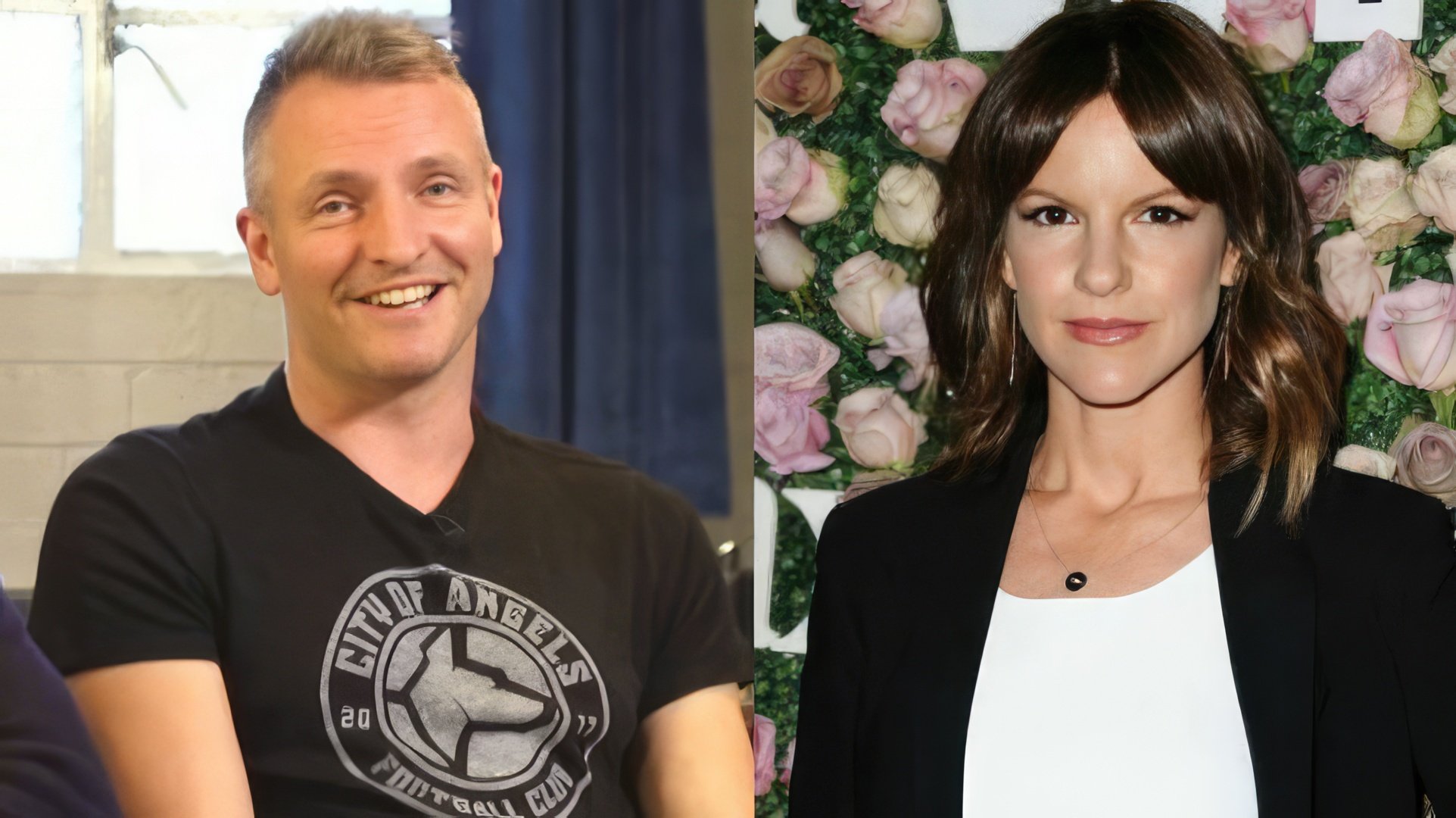
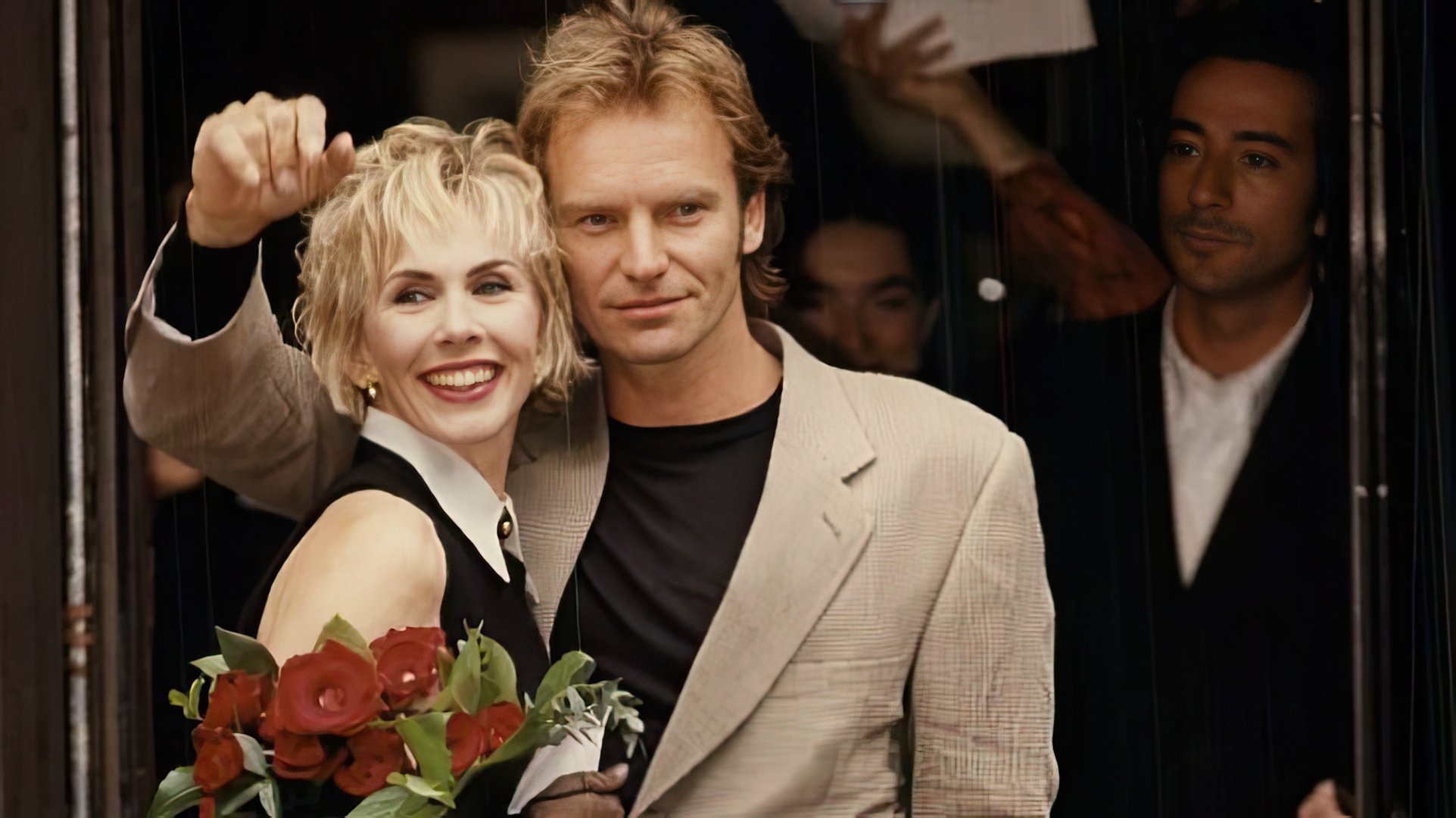

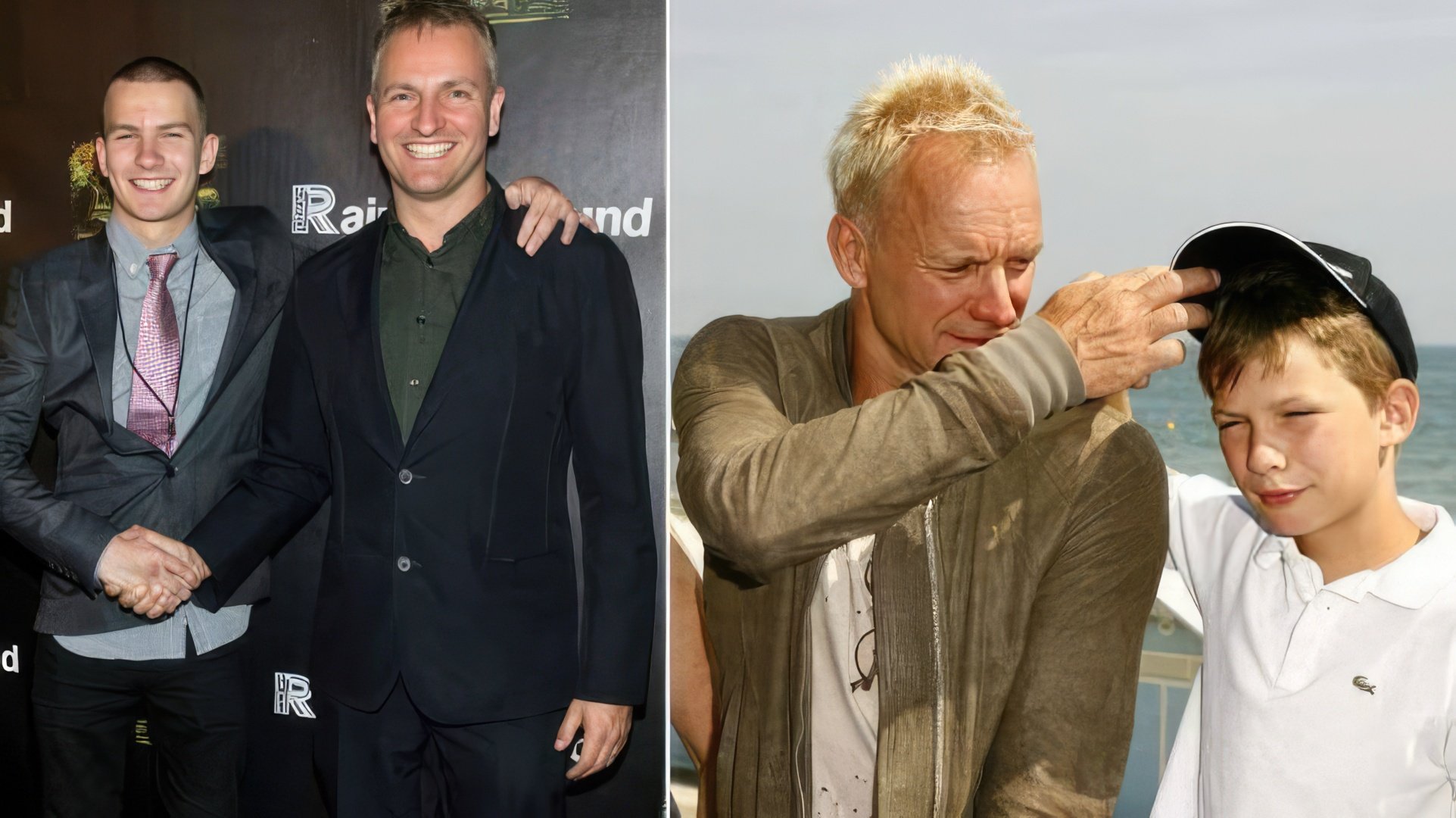
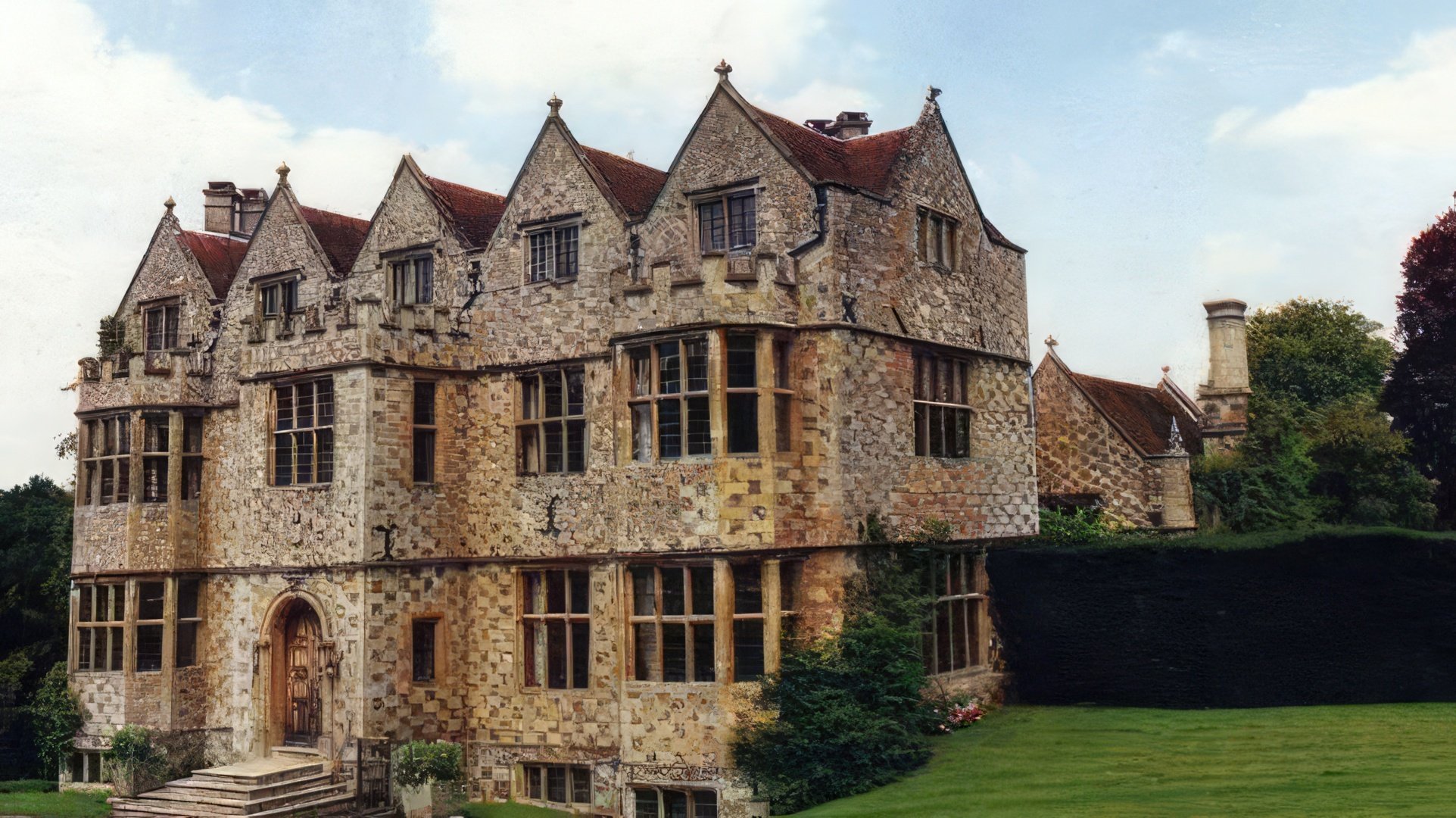
There is definitely something healing in music not only for the one who sings, but also for the listeners. I take this shamanic aspect of music seriously, without egocentrism. There is something that you transmit, broadcast... It's all about vibrations and higher vibrations. If you have a good voice, there is harmony all the way up and down. It connects us with something beyond our understanding. Music will always be for me the only way of prayer. It will be a big surprise when I stand before the Lord.
Sting Now
Lately, Sting hasn't been recording much new material. But in 2019 he dropped the album "My Songs" featuring fresh arrangements and reworked versions of classic tracks. He had several 2020 tours lined up (including Eastern Europe dates), but COVID-19 wiped them all out.These songs... they are somewhere between points A and B. Between the conscious and the unconscious. Between life and death. Between relationships. Between pandemics and eras - politically, socially, and psychologically. We are all stuck in the middle of 'nothing', and we all need a bridge.
